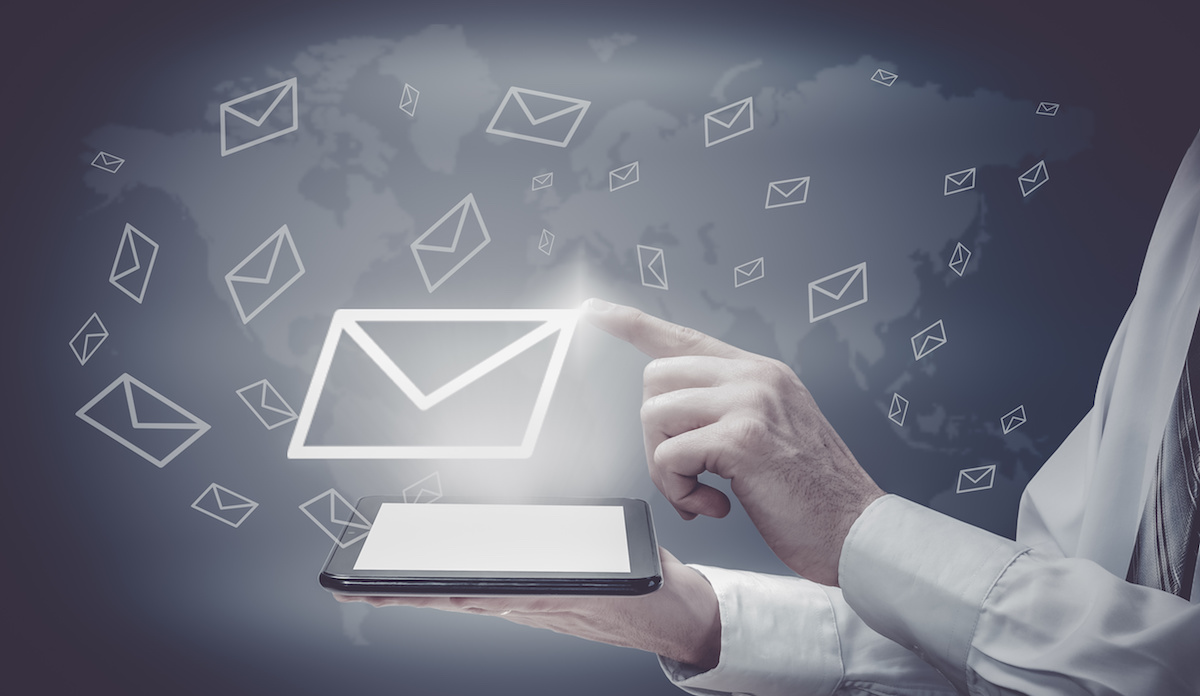
Over the past two or three years, we have seen email marketing make a dramatic comeback. Not only are more people opening emails from businesses than they were previously, but they also prefer email to other forms of communication. If you haven’t brought email back into your digital strategy yet, or you’re not sure you’re making the most of it, then let’s talk about why you should do that going forward.
The Rise of Mobile Influence
Email marketing has been around for nearly four decades – true story – yet as more organizations created their own campaigns, consumers grew weary of the volume of emails in their inboxes. Not to mention, emails weren’t always relevant. Spam became an issue and, as consumers reacted negatively to emails, businesses pulled back on the direct marketing channel.
Then mobile happened.
Once consumers had their hands on smartphones and tablets, they practically became available all of the time on mobile. Not only were they checking social media and texting several times a day, but they also started checking more of their email on mobile devices. Today, more than half of email messages are read on mobile devices, according to a 2016 study by Adestra.
What does that tell you? Now that consumers are reading emails on mobile, your email marketing needs to be mobile responsive. It’s imperative that your emails can be displayed and read properly on any type of device.
Data and Personalization
It’s no secret that marketers have access to more data now than ever before. Every time a user engages on social media or visits a website or purchases an app, it can send a signal to marketers who are monitoring behaviors and preferences. Email marketing provides even more valuable data than that, because it uniquely identifies the user who uses it to sign in on social media or to buy a pair of shoes online. It’s not only a direct connection to their inbox; it also provides you with data across other marketing channels, which can then feed into your email campaigns. This is important, because today’s consumer expects personalized, one-to-one communication, and this data helps you deliver that type of experience.
The Effectiveness of Segmentation and Automation
In order to give consumers the personalized experience they expect, you need to segment your email lists according to different behaviors, interests, past purchases, or any type of information that makes sense for your business. Mass mailings where you send the same email to everyone on your list isn’t usually going to work. You need to segment your lists, and create separate emails for those lists. From there, as consumer interests and preferences change, you need to be flexible in customizing their experiences even further. That’s where automation comes in.
If you have the right email marketing technology, you can set up emails to be sent once a certain behavior is triggered. Once a consumer satisfies a certain criteria, they will receive an email that matches that behavior. It’s as close to one-to-one marketing as you can get with direct marketing. It even gives you the highest return, a 30-32% ROI when email campaigns are conducted with house lists.
Conclusion
Email marketing needs to be a part of your digital strategy, in order for you to speak directly with those important consumers. They want to hear from you, but only if you know exactly what to say and when to say it. Today’s email technology can help you do that. The only question now is – will you take advantage of it?



